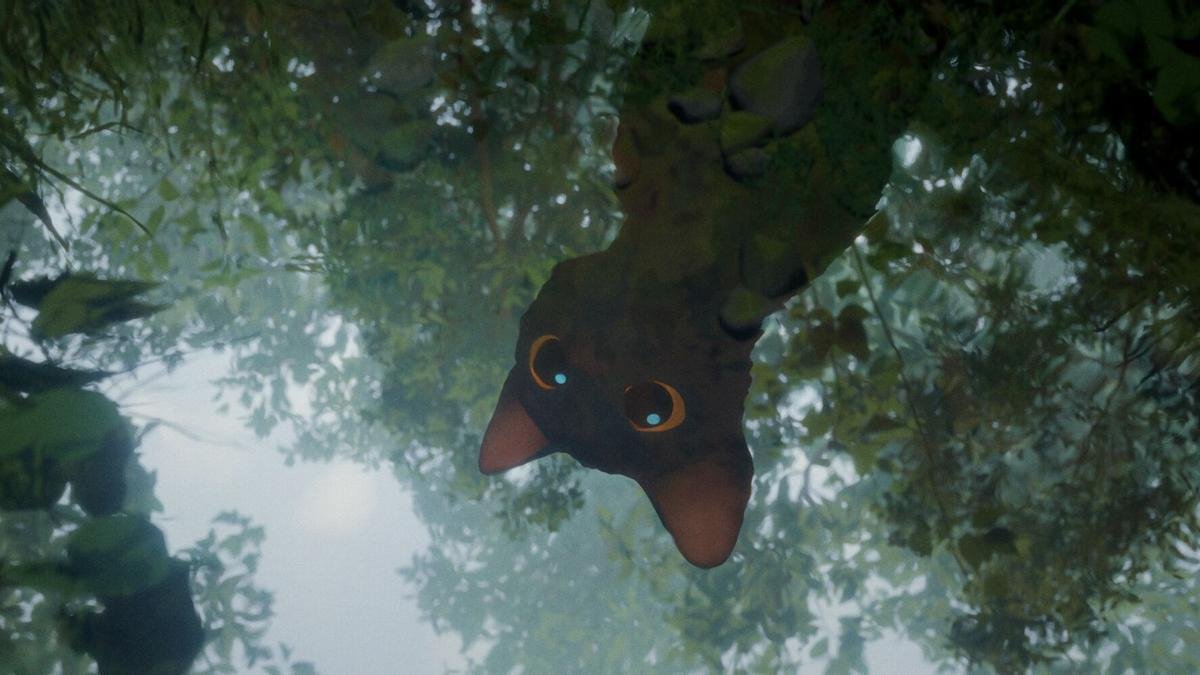Flow, a world to save earns double Oscar nominations as it redefines animated filmmaking
"Flow, a World to Save" captivates audiences with its unique storytelling and artistic innovation, earning critical acclaim and double Oscar nominations this year.

One of the cinematic surprises of the year, "Flow, a World to Save" has recently received double nominations for the Oscars in the categories of Best Animated Feature and Best International Film. In recent weeks, it not only won a Golden Globe but was also named the best animated film of 2024 by the New York Film Critics, the Los Angeles Film Critics Association, and the European Film Academy. Since its debut at the Cannes Film Festival last May, it has garnered over 50 awards, including the Oscar for Best Animated Feature. Directed by Latvian Gints Zilbalodis, the film's achievements are even more impressive considering it was produced for under four million dollars, animated entirely with free software called Blender, and features no dialogue.
“I’ve always felt that I can convey more expressiveness through camera movement, a glance, or a gesture than with a lot of words,” Zilbalodis explains. “In fact, none of the films I’ve made so far have any spoken words.” Having created his first animated feature at just eight years old, Zilbalodis gained recognition for his debut feature "Away" (2019). The primary inspiration for "Flow" stems from his earlier short film "Aqua" (2012), which he created in his teenage years about a cat overcoming its fear of water in the ocean. The new film expands on this storyline, following the cat and a handful of other animals—a lemur, a golden retriever, a capybara, and a secretary bird—as they embark on a journey across the ocean in a boat, escaping a catastrophic flood and other dangers.
While the plot might seem reminiscent of various animated films produced by Disney and DreamWorks, what sets it apart is Zilbalodis' commitment to portraying true animal behavior. “I always knew my characters had to behave like real animals, which is why they don’t talk or walk on two legs,” he remarks. “I knew that this way, the story would be more real and, therefore, more emotional and intense.” Most of the action in "Flow" takes place aboard the vessel where the quintet of animals navigate towards safety while learning to trust one another. Zilbalodis sees this theme as a metaphor for his own creative process: “This is the first project where I worked not only with a proper budget but also leading a team. In the past, I always worked almost alone. I had to learn how to explain the ideas in my head, to find words or images to illustrate them, and to trust other people.”
To tell his story, Zilbalodis employed long, uninterrupted takes reminiscent of Alfonso Cuarón’s work and the rhetoric of video games. “I wanted to create a very immersive experience, making the audience feel as if they were in the cat's skin or on the boat alongside him and the other animals. That’s why I decided to move away from traditional animation, which was my go-to in my early work, to learn computer animation.” The visuals in "Flow" blend nearly photorealistic landscapes with more abstract character designs that give the impression of being hand-drawn. “To be honest, hyper-realistic animation is quite tiresome,” the director expresses. “I prefer more suggestive designs that don’t hide their imperfections because I believe they are more expressive. Those of us working in this format should worry less about technological advances and focus more on emotion. People go to the movies seeking emotion.”
While no human characters appear in the film, the scenes portray signs of humanity's presence; it’s almost unavoidable to attribute the natural disaster that kicks off the plot to the effects of climate change. Zilbalodis clarifies, “The world I portray is not post-apocalyptic. I’m not talking about the destruction of the planet, but rather how nature reclaims and recovers its spaces. My intention is not to send messages or issue warnings.” This approach undoubtedly helps explain the accolades the film has received. “Honestly, I’m a bit overwhelmed,” the director admits. “It’s very exciting to have free tools available that allow people to make films in countries with no significant industry and reach a larger audience. The greater the variety of perspectives, techniques, and voices telling their stories, the better.”
